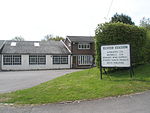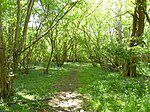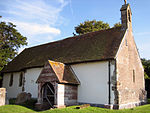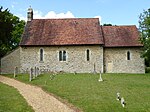St George's Church, Trotton
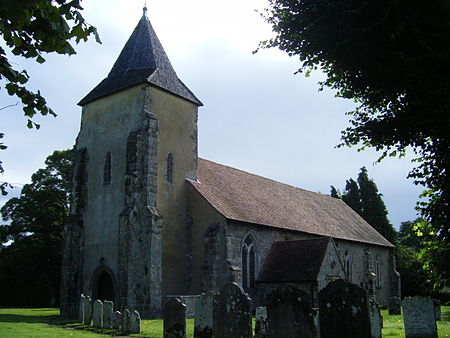
St. George's Church is an Anglican church in Trotton, a village in the district of Chichester, one of seven local government districts in the English county of West Sussex. Most of the structure was built in the early 14th century. However, some parts date to around 1230, and there is evidence suggesting an earlier church on the same site. In 1904, a largely intact and unusually detailed painting was found on the west wall depicting the Last Judgment as described in Matthew 25:31–46. The church is dedicated to St. George, patron saint of England. The rector of St George's also oversees the parish of Rogate with Terwick, and most services are held at St. Bartholomew's church in Rogate: just two services a month take place at Trotton. The church is also used once a month by the British Orthodox Church. The church is recorded in the National Heritage List for England as a designated Grade I listed building for its architectural and historical importance.
Excerpt from the Wikipedia article St George's Church, Trotton (License: CC BY-SA 3.0, Authors, Images).St George's Church, Trotton
A272, Chichester Trotton with Chithurst
Geographical coordinates (GPS) Address External links Nearby Places Show on map
Geographical coordinates (GPS)
| Latitude | Longitude |
|---|---|
| N 50.995893 ° | E -0.809682 ° |
Address
St. George's, Trotton
A272
GU31 5EN Chichester, Trotton with Chithurst
England, United Kingdom
Open on Google Maps



